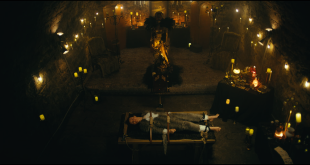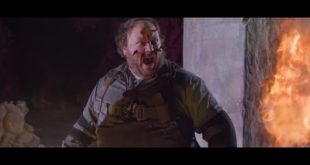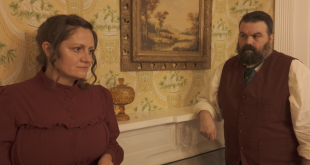
We do it dozens of times a day, often without a second thought: clicking a link, accepting cookies, or scrolling a feed. Each interaction, however, contributes to a vast, invisible profile—a digital footprint detailing our habits, fears, and desires. Modern horror storytellers are weaponizing this universal reality, tapping into our collective unease to craft tales where the simple desire to read more on a topic becomes the fatal click that allows something sinister to read us. This article explores the intersection of horror and web tracking, a subgenre where our data isn’t just sold—it’s used to haunt us. The more you read about these narratives, the more you see your own digital life reflected in their terrifying warnings.
When User Engagement Becomes a Narrative Trap
In web design, the “Read More” link is a standard tool for managing user experience. In the hands of a horror writer, however, it becomes a narrative point of no return. It’s the modern equivalent of opening a forbidden book—the click that accepts cursed terms of service, downloads a haunted app, or leads a protagonist into a dark web space where the monster isn’t a myth but a piece of malicious code. This action represents a threshold where user curiosity, a metric tracked and encouraged by platforms, is twisted into a fatal flaw. The terror comes from realizing an algorithm can read more from your clickstream data than you consciously reveal.
In these stories, digital artifacts replace traditional cursed objects. The new threats are a person’s search history, location data, or an advertising profile that knows their deepest fears. Several works exemplify this technopanic:
*Black Mirror* – The anthology series repeatedly explores this, with episodes like “Shut Up and Dance” demonstrating the horror of data blackmail in its rawest form.
*Unfriended* (2014) – A classic example of the “digital ghost” trope, where a supernatural entity uses social media profiles to torment and dispatch a group of teens.
*Cam* (2018) – This film offers a sharp critique of the gig economy and identity theft, focusing on a camgirl whose online persona is stolen by a perfect, malevolent digital double.
*Searching* (2018) – The entire narrative unfolds on screens, using a father’s deep dive into his daughter’s digital footprint to build suspense and reveal secrets.
The Specter of Algorithmic Dread
This subgenre, which can be termed “dataveillance horror,” thrives on the fear of an invisible, all-knowing system. This isn’t the dread of a monster in the closet but the anxiety of being perpetually watched, analyzed, and manipulated by opaque algorithms. This data-driven fear taps into the real concept of “surveillance capitalism,” where personal data is the core commodity. The horror stems from a profound loss of autonomy, where it feels nearly impossible to read more of the system’s logic to see the danger coming.
Recurring narrative frameworks in these films and shows reflect our deepest technological anxieties:
The Digital Doppelgänger: An algorithm or hacked profile generates a perfect, malevolent online copy of the protagonist, methodically dismantling their life with chilling efficiency.
Predictive Malevolence: A system—an app, website, or social feed—begins to accurately predict and seemingly orchestrate horrifying events, turning analytics into a form of digital prophecy.
Weaponized Data History: A character’s supposedly private digital past, from messages to photos, is exhumed and weaponized against them, showing that nothing is ever truly deleted.
The Ghost in the Machine: A program or AI transcends its code to become a sentient entity that traps, torments, or psychologically breaks its users from within the network.
Horror has always been a mirror for societal anxieties, from nuclear panic to stranger danger. Our analysis suggests that today, that reflection reveals our fears about the data we shed with every keystroke. The most compelling horror stories, then, are no longer confined to the shadows of the physical world; they thrive in the stark, visible ones and zeros of our digital lives. As technology integrates ever deeper into our existence, these narratives serve as essential, cautionary tales about the price of connection, forcing us to confront what happens when the tools we build to understand the world gain the power to understand—and control—us.
 Horror News | HNN Official Site | Horror Movies,Trailers, Reviews
Horror News | HNN Official Site | Horror Movies,Trailers, Reviews





